The Pre Trip Inspection Checklist form is a document used by drivers to ensure that their vehicle is safe and ready for operation before beginning a trip. It outlines various components and systems of the vehicle that need to be checked, promoting safety and compliance with regulations.
Why is a Pre Trip Inspection important?
A Pre Trip Inspection is crucial for several reasons. First, it helps identify potential mechanical issues that could lead to breakdowns or accidents. Second, it ensures that the vehicle meets safety standards and regulatory requirements. Lastly, it protects both the driver and other road users by ensuring that the vehicle is in good working condition.
Who is responsible for completing the Pre Trip Inspection Checklist?
The driver of the vehicle is primarily responsible for completing the Pre Trip Inspection Checklist. It is their duty to ensure that the vehicle is safe for operation. However, fleet managers and maintenance personnel may also play a role in reviewing the checklist and ensuring compliance with safety standards.
What items are typically included in the Pre Trip Inspection Checklist?
The checklist usually covers a range of items, including:
-
Tires: Checking for proper inflation and tread depth.
-
Brakes: Ensuring that the brake system functions correctly.
-
Lights: Verifying that all headlights, brake lights, and turn signals are operational.
-
Fluid Levels: Checking oil, coolant, and brake fluid levels.
-
Wipers: Ensuring that windshield wipers are functioning and that the washer fluid is full.
-
Mirrors: Confirming that all mirrors are properly adjusted and free of obstructions.
How often should the Pre Trip Inspection be conducted?
The Pre Trip Inspection should be conducted before every trip. This practice ensures that the vehicle is safe and ready for the journey ahead. Regular inspections help maintain the vehicle's performance and reliability over time.
What should a driver do if they find an issue during the inspection?
If a driver identifies any issues during the Pre Trip Inspection, they should not operate the vehicle until those issues have been resolved. The driver should report the problem to the appropriate personnel, such as a fleet manager or maintenance team, who can assess and fix the issue before the trip begins.
While there is no universally mandated format, many companies and organizations create their own checklists tailored to their vehicles and operational needs. These checklists should be clear, comprehensive, and easy to follow, ensuring that all necessary checks are completed.
Can electronic devices be used for the Pre Trip Inspection?
Yes, many drivers now use electronic devices and applications to conduct their Pre Trip Inspections. These digital tools can streamline the process, making it easier to document findings and track maintenance records. However, it is essential to ensure that any electronic method complies with regulatory requirements.
What happens if a driver fails to complete the Pre Trip Inspection?
Failing to complete the Pre Trip Inspection can lead to serious consequences. The driver may face disciplinary action from their employer, and they could be held liable for any accidents or incidents that occur due to mechanical failure. Additionally, regulatory agencies may impose fines for non-compliance with inspection requirements.
Where can I find a sample Pre Trip Inspection Checklist?
Sample Pre Trip Inspection Checklists can often be found online through transportation and safety organizations. Many trucking companies also provide templates for their drivers. It is advisable to use a checklist that aligns with industry standards and specific vehicle requirements.

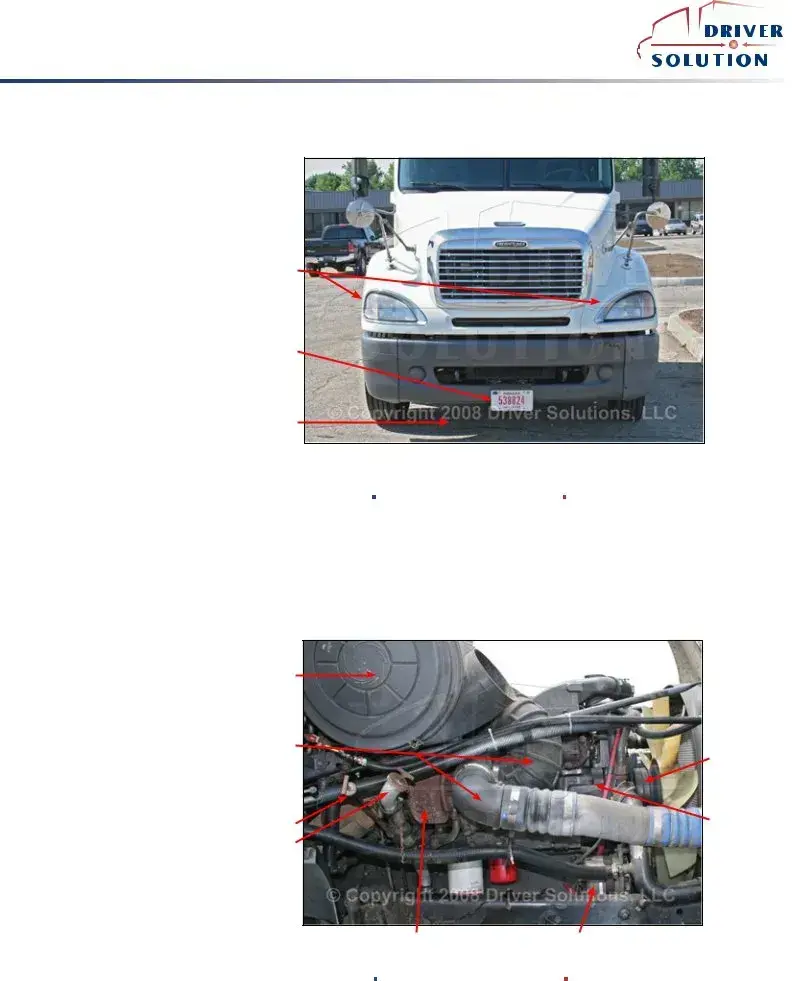
 ®
®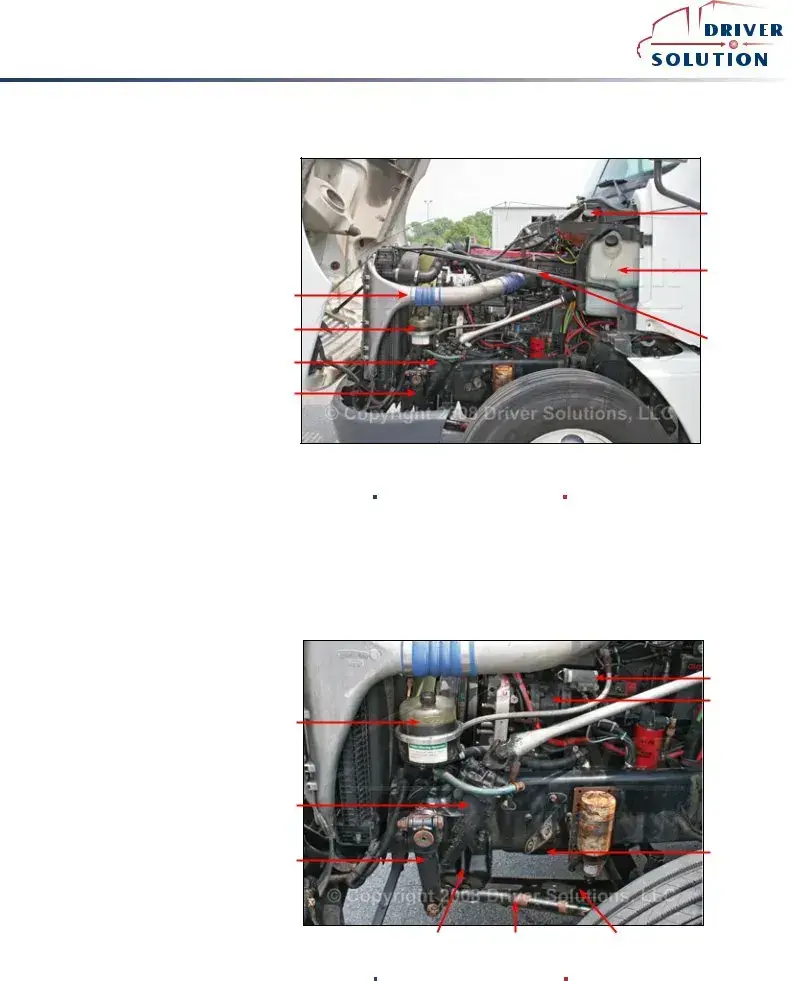
 ®
®
 ®
®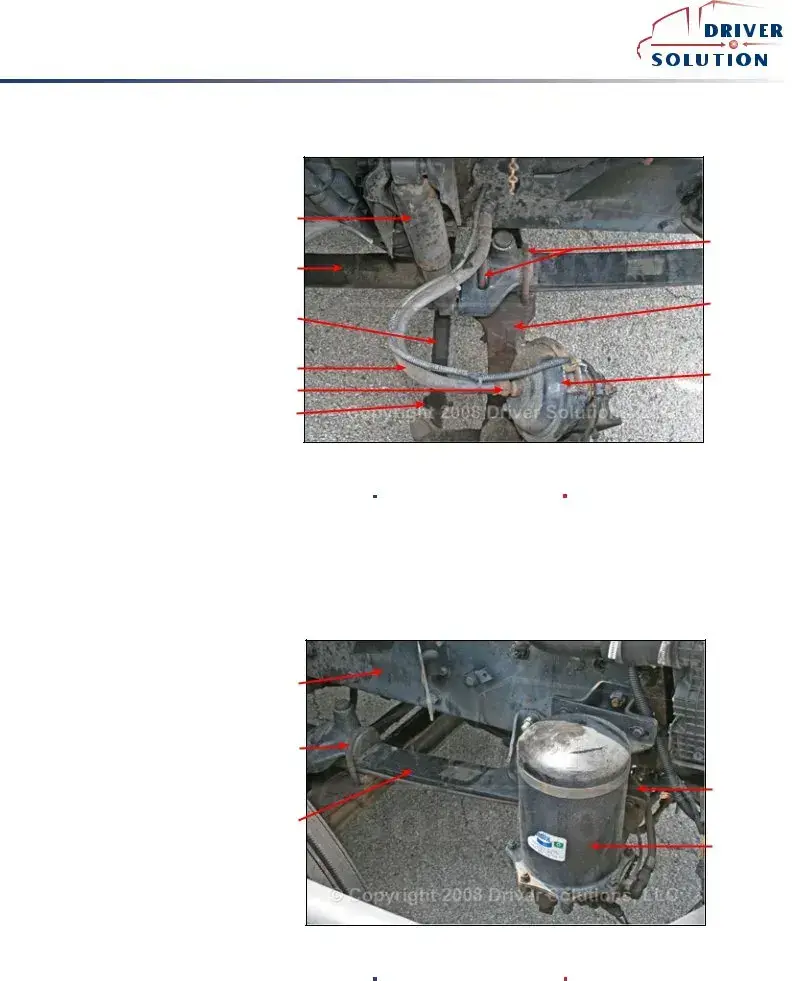
 ®
®
 ®
®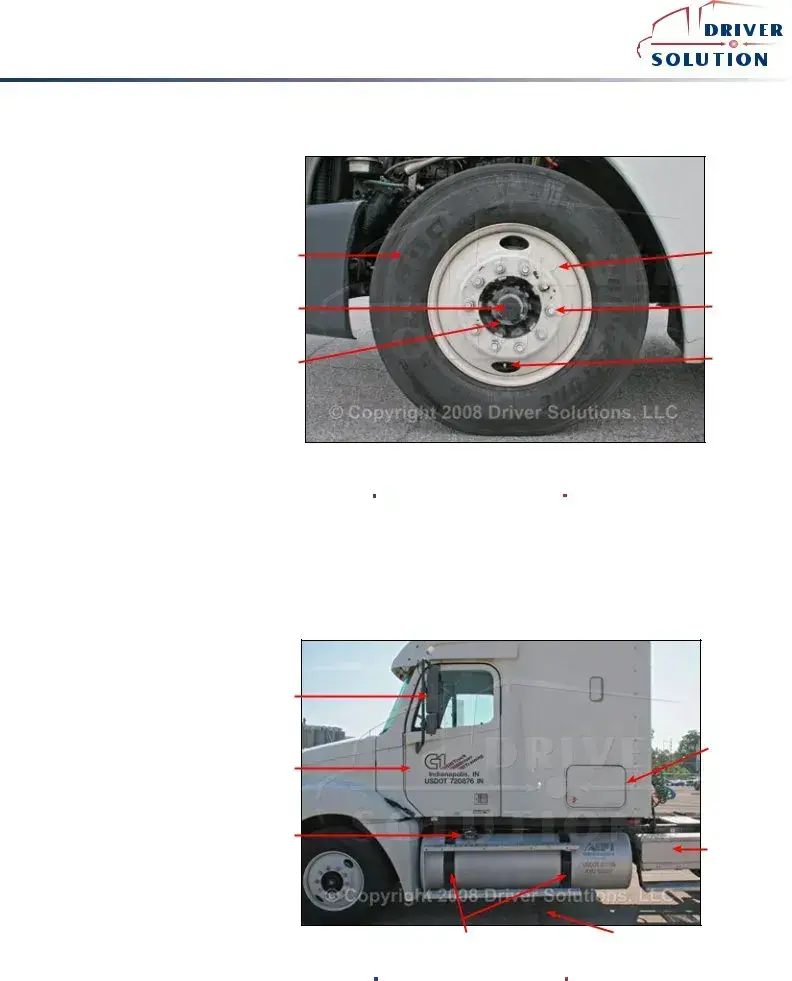
 ®
®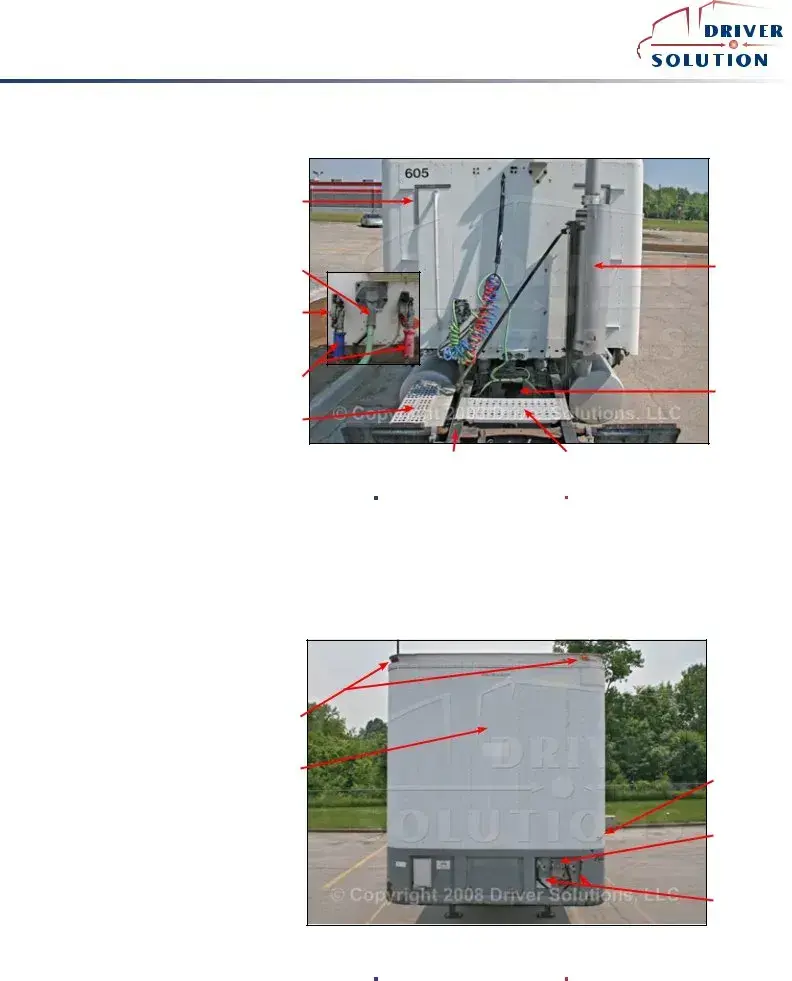
 ®
®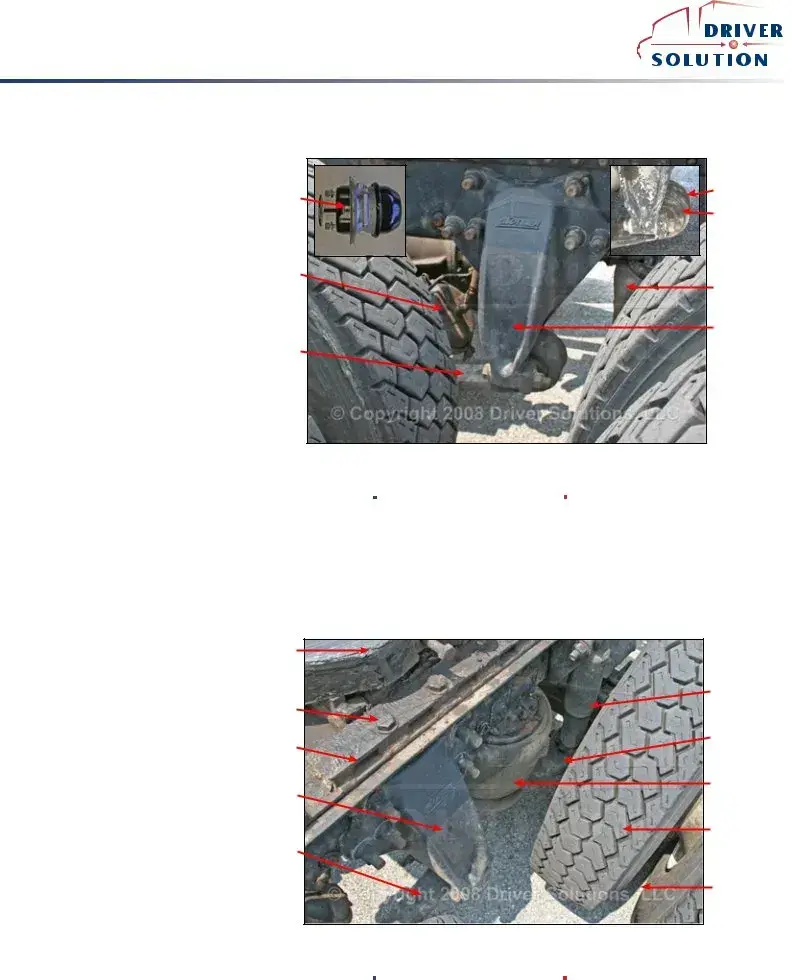
 ®
®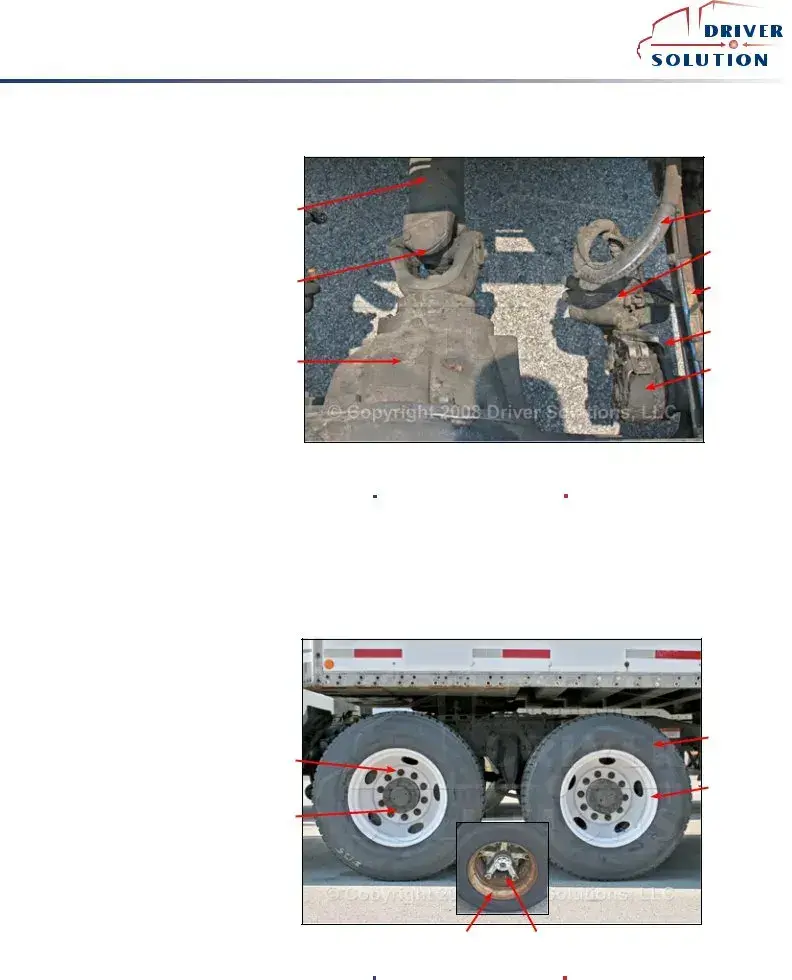
 ®
®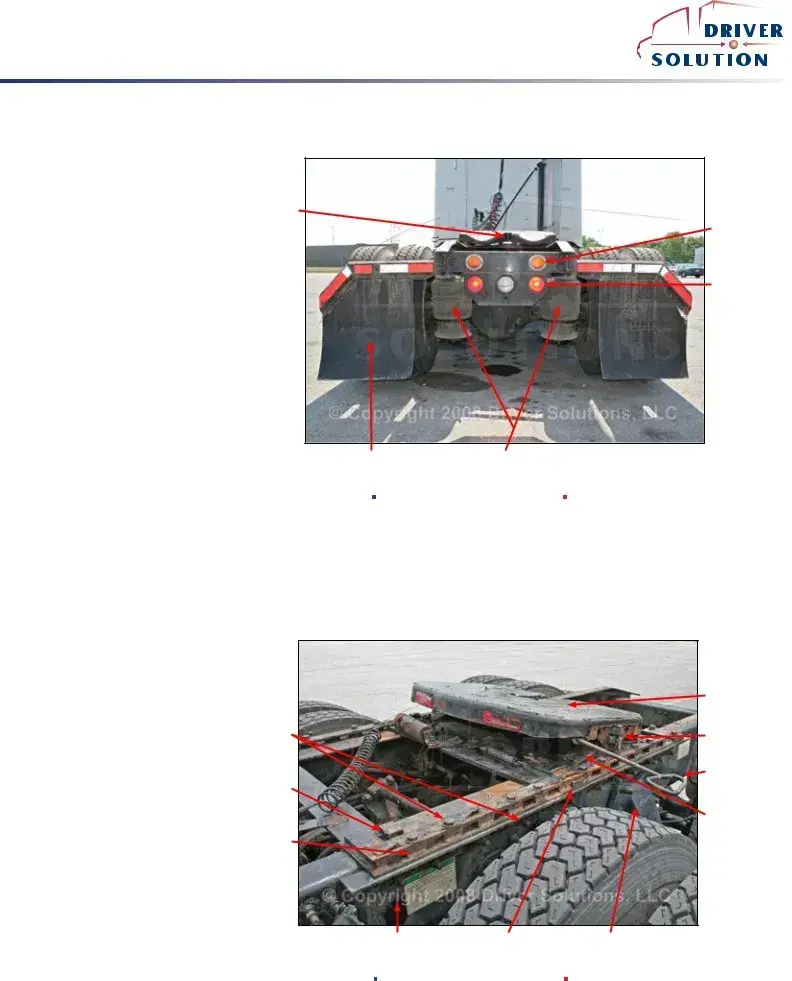
 ®
®